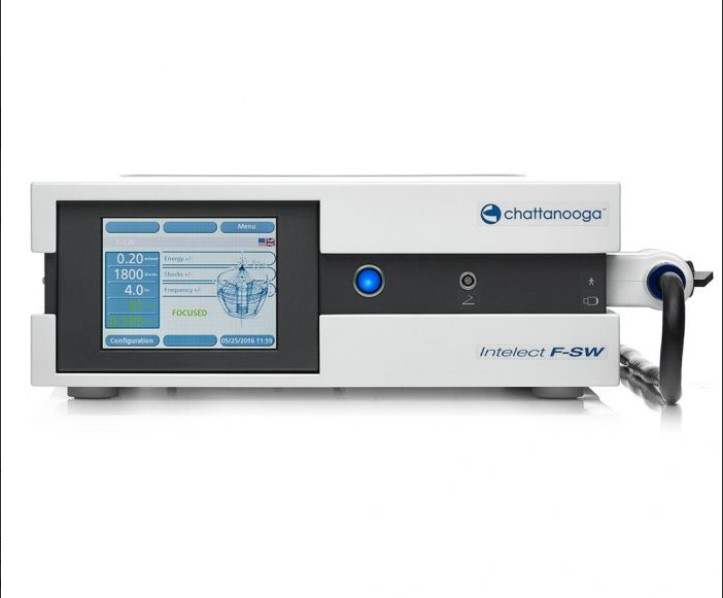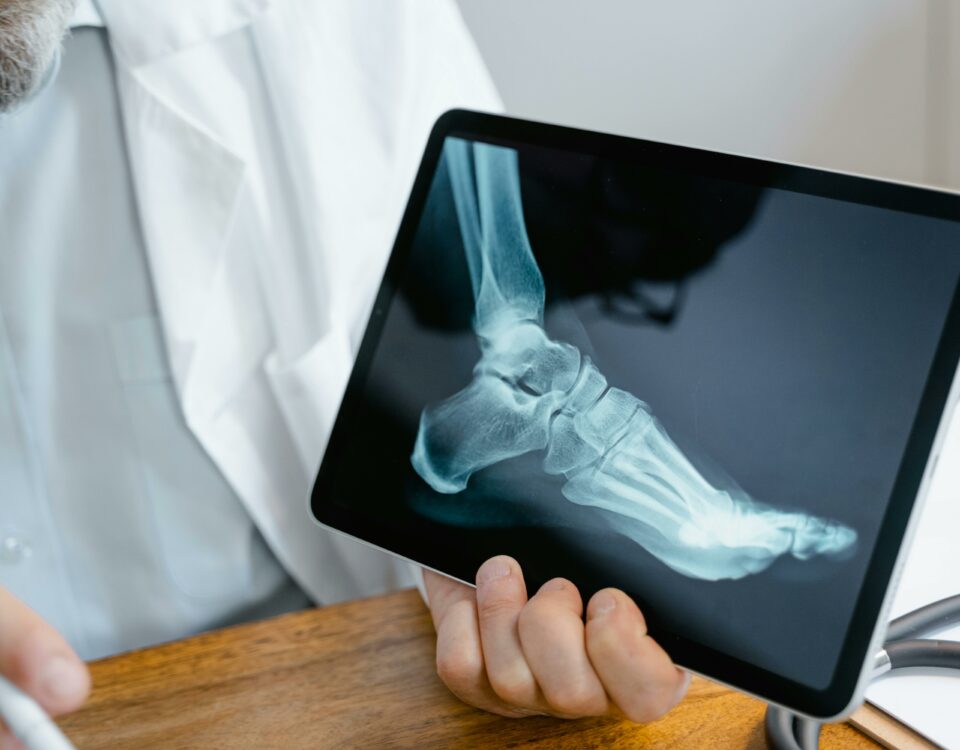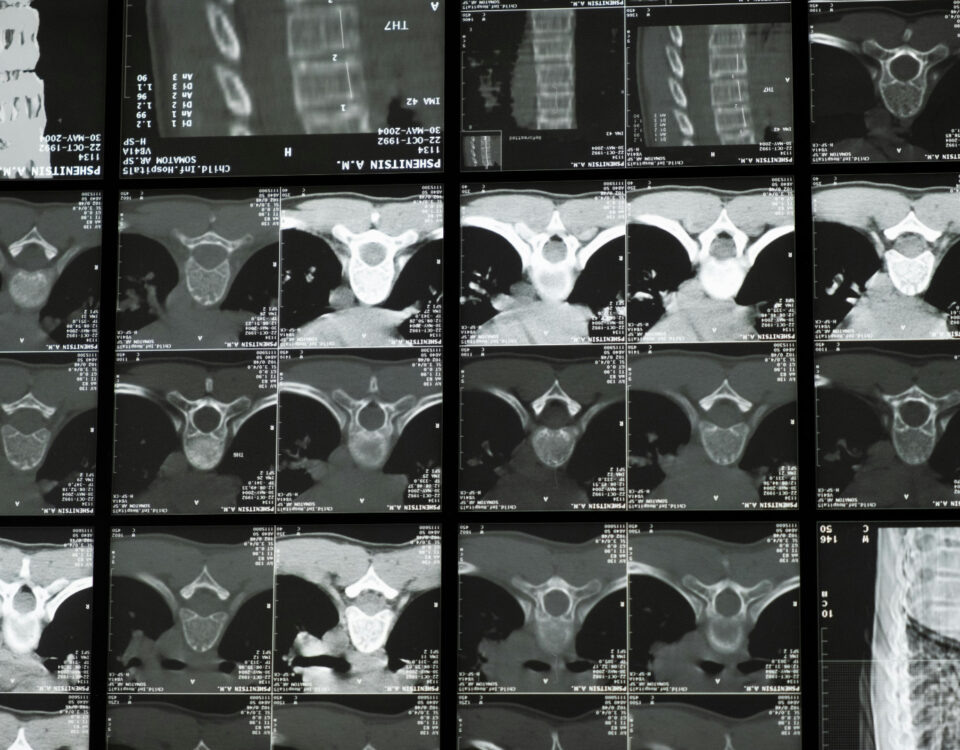
Rib Out – Chiropractic Care for Dull to Stabbing Back Pain.
March 19, 2024
Physiotherapy and Chiropractic – Why We Prep Your Joints during Treatment
March 31, 2024Moving Better: Neuromuscular Reeducation with Chiropractic
You tweaked your ankle playing basketball, or maybe your shoulder aches after years of reaching for that top shelf. Maybe your neck snapped back after a collision and you have a whiplash headache. While rest and ice are important first steps, regaining optimal movement and preventing future issues might require a different approach: chiropractic with neuromuscular reeducation.
How did I forget how to move?
After an injury, trauma or due to overuse, the way your muscles and nervous system communicate can become faulty. The body can accommodate or create shortcuts to avoid challenging an injured area because it is inherently trying to protect you from further injury. It often goes too far, even though the changes in your movements may be subtle and almost unnoticeable. The body is not so much forgetting, but has learned the wrong thing – and is avoiding the proper movement, the proper “Kinesthetics”. Kinesthetics are defined by proper neural tracts, patheways in the brain that can be detoured away from or “forgotten”. This can lead to weakness, stiffness, and even pain, even after the initial injury heals. Neuromuscular reeducation, or NMR, a key addition to chiropractic injury rehabilitation and care, focuses on retraining these communication pathways to restore proper movement patterns.
How can it benefit me?
Reduced Pain and Improved Function: Retraining dysfunctional movement patterns can alleviate pain and stiffness, allowing you to move with greater ease and confidence.
Faster Recovery: By addressing the root cause of pain, neuromuscular reeducation can accelerate your return to your favorite activities.
Enhanced Performance: Athletes can optimize their movement mechanics for better efficiency, power, and injury prevention.
Improved Balance and Stability: Retraining your nervous system to better sense your body’s position in space can lead to improved balance and a reduced risk of falls.
Long-Term Benefits: By addressing faulty movement patterns, neuromuscular reeducation can help prevent future injuries and promote overall well-being.
Here’s an example for a post-whiplash patient with chronic headaches. Atfer adjusting or mobilization, trunk and neck muscles will be “retrained” with NMR to hold the head and neck in stress-relieving positions. Postural retraining will gently “reeducate” the neurologic memory of neck and trunk muscles to comfortably assume and maintain pain-relieving postures. With mindfulness training, these newly learned postures can be maintained with all daily activities at work, home, or sports activities.
What to Expect with Chiro Care at Blue Heron:
As a chiropractic orthopedist, I will assess your injury, movement patterns, joint dysfunctions and muscle imbalances. I will then design a personalized program that typically includes:
Manual Therapy Techniques: specific chiropractic adjusting or joint mobilization, massage and myosfascial release can help improve flexibility and reduce pain.
Additional Adjunctives: Like electrical muscle stim, joint ultrasound, Graston technique, or Radial ESWT Shockwave Therapy.
Therapeutic exercises: Specific exercises will target weakened muscles and retrain proper movement patterns.
Neuromuscular Balance and proprioception training: Special Exercises that challenge your balance and body awareness can improve stability. These are probably more technical than the ones you see at the gym and we will work one-to-one to coach and train them. Once recovered, re-trained, and re-educated, these are not exercises you would typically need to do in the future unless directed to. You will continue with your regular fitness regime.
What is the difference between therapeutic exercise and neuromuscular reeducation?
Neuromuscular re-education differs from therapeutic exercise in that neuromuscular reeducation requires specific cueing and assistance to stimulate the neuromuscular system and promote functional movement.
Functional movement is moving the right way, without “shortcuts” that are the body’s inherent way of avoiding pain because it fears re-injury. Through repetition, neural tracts are reinforced and the new correct patterns are stored in the brain. You can do this. We can get you there.
Who Can Benefit?
Whether you’re a weekend warrior recovering from an injury, an athlete looking to optimize performance, or someone experiencing some chronic joint pain or difficulty, neuromuscular reeducation with chiropractic can be a valuable tool.
Ready to Move Better?
If you’re experiencing pain or limitations in your movement, consult for qualified chiropractic at Blue Heron Chiropractic. Dr. Dana Sibilla can determine if neuromuscular reeducation is right for you and help you get back to doing what you love. Let’s restore your Kinesthetic Sense.
Add heel lift orthotic
Want some more chiropractic reading? Try our prior blog on Rib Injuries, or a previous on Radial ESWT Shock Wave therapy.




